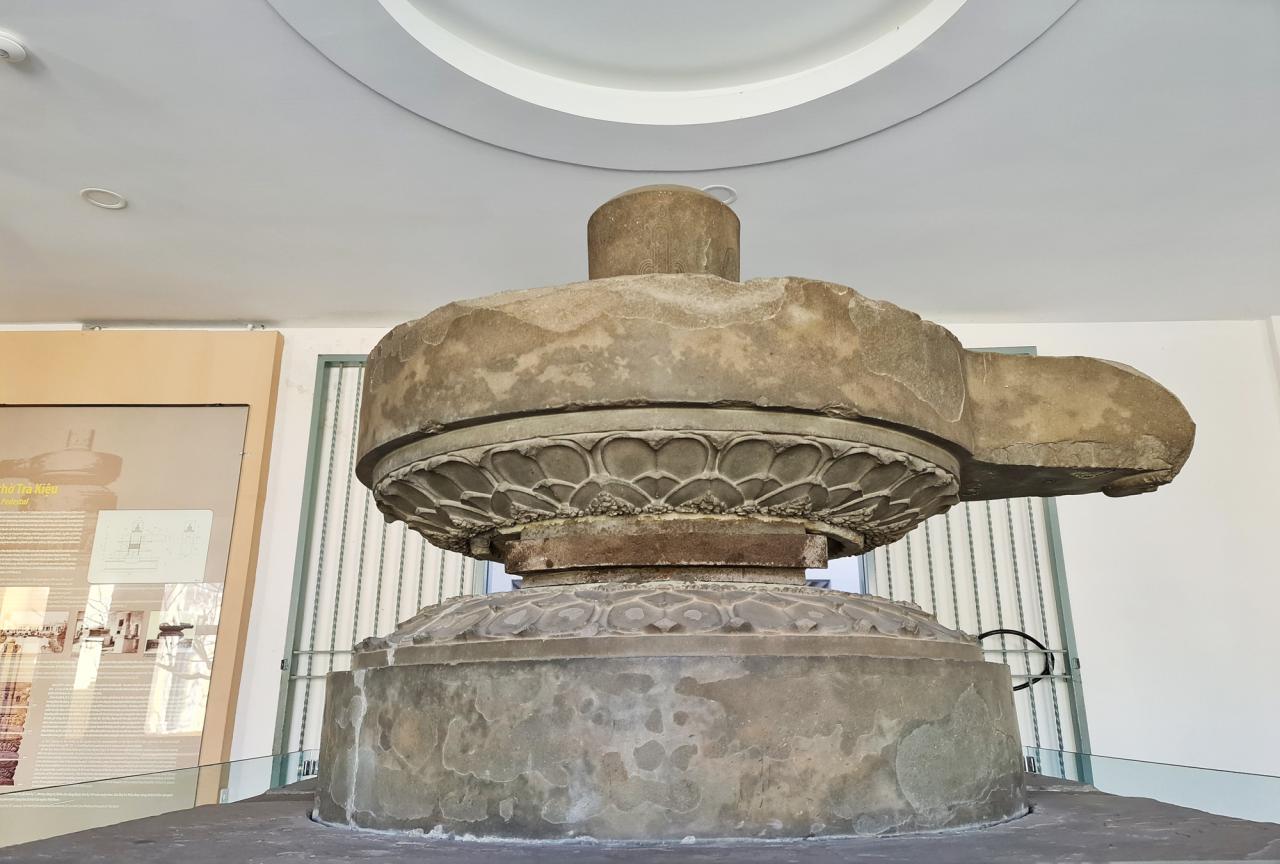
The Tra Kieu altar is considered a masterpiece of Champa period sculpture. The altar is made of sandstone, dating from the 7th – 8th centuries. This is the only remaining intact Champa altar with a square pedestal below and a round Yoni pedestal above
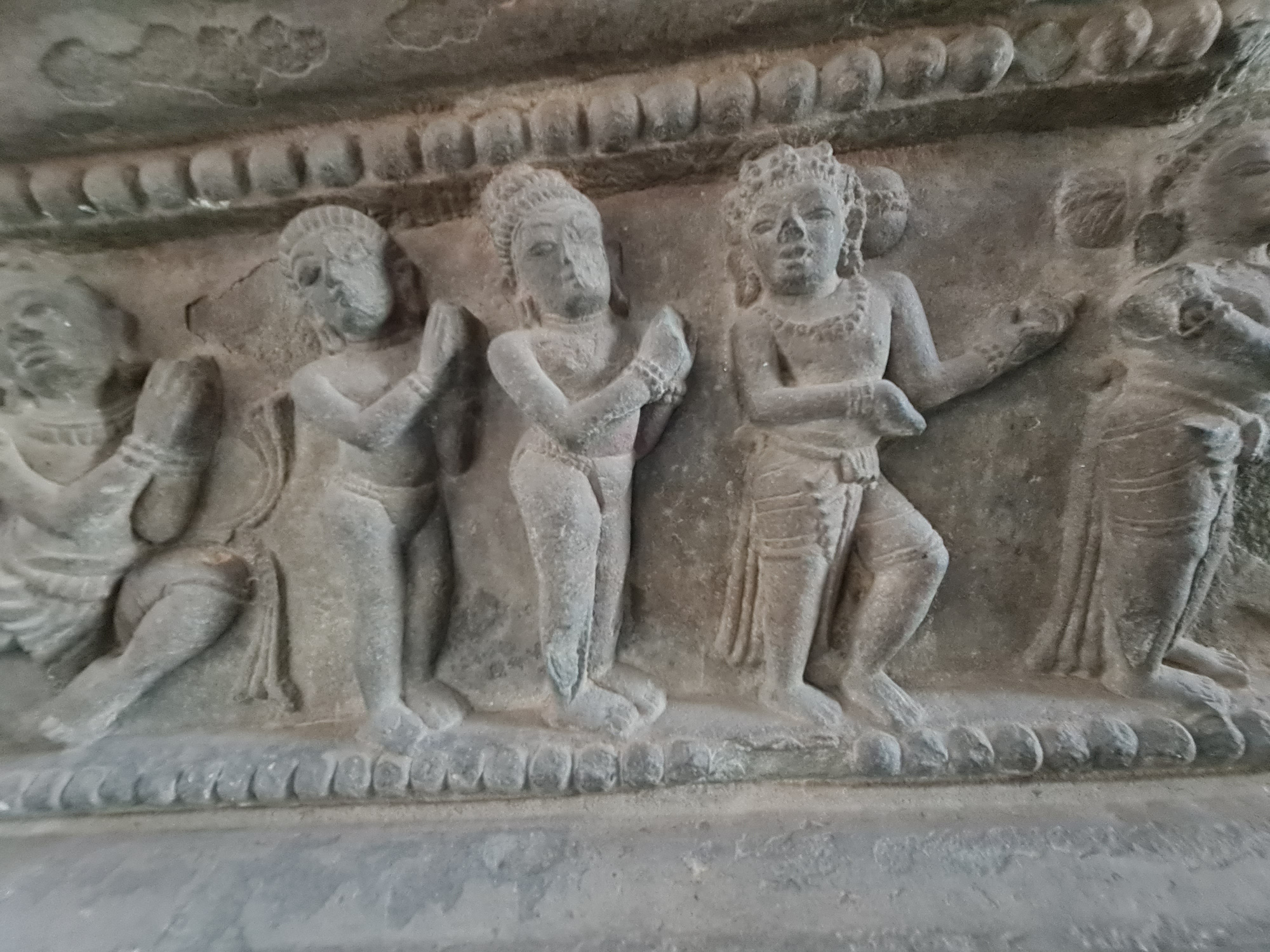
According to researchers, the four carved scenes around the altar are excerpts from the epic Ramayana. The Tra Kieu altar is displayed at the Tra Kieu gallery at the Da Nang Museum of Cham Sculpture. Parts of the altar were collected in Tra Kieu (now Duy Son commune, Duy Xuyen district, Quang Nam province).
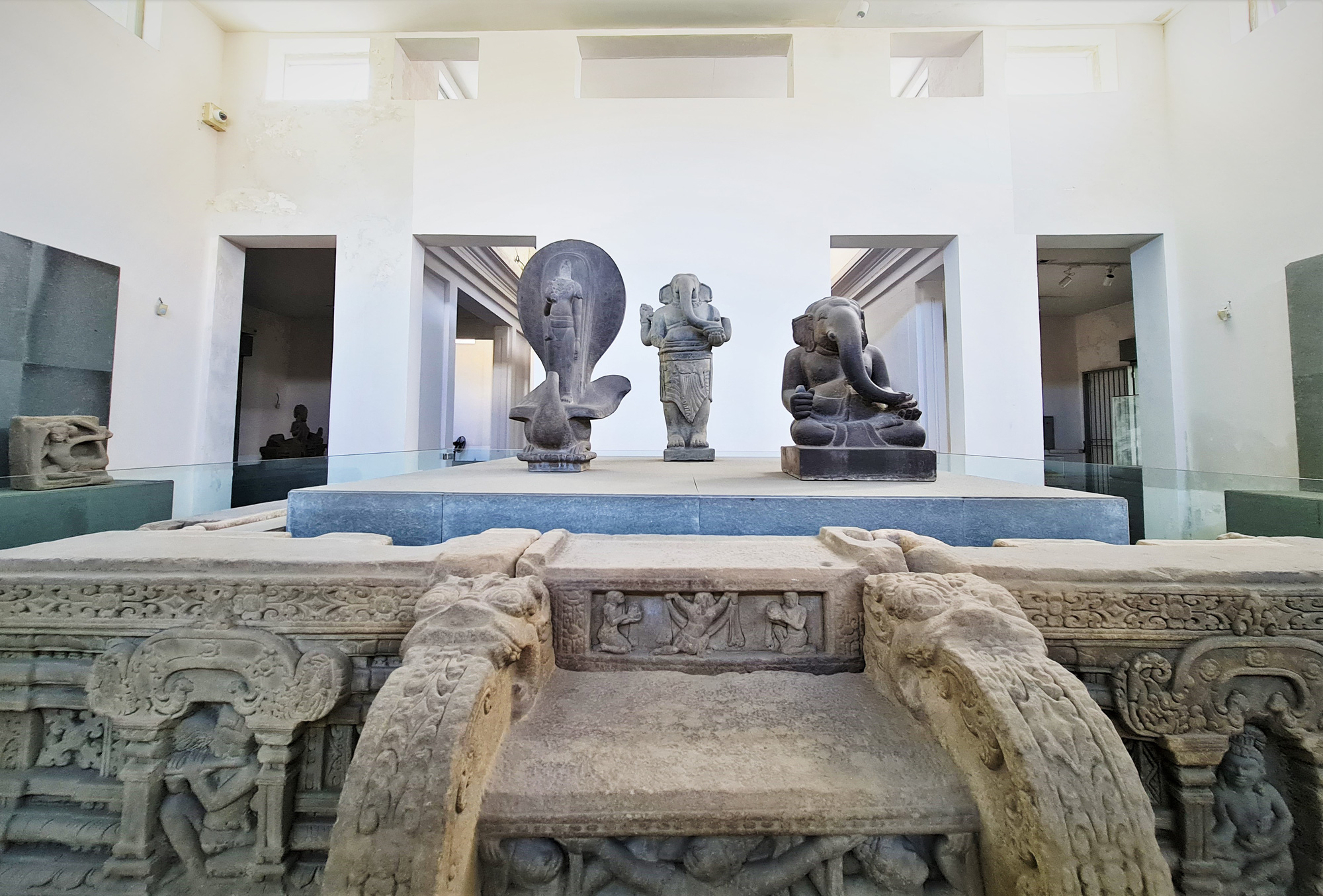
My Son E1 altar was discovered and excavated by French archaeologists in 1903 in the ruins of tower E1 of the Champa temple complex in My Son (now Duy Phu commune, Duy Xuyen district, Quang Nam province).
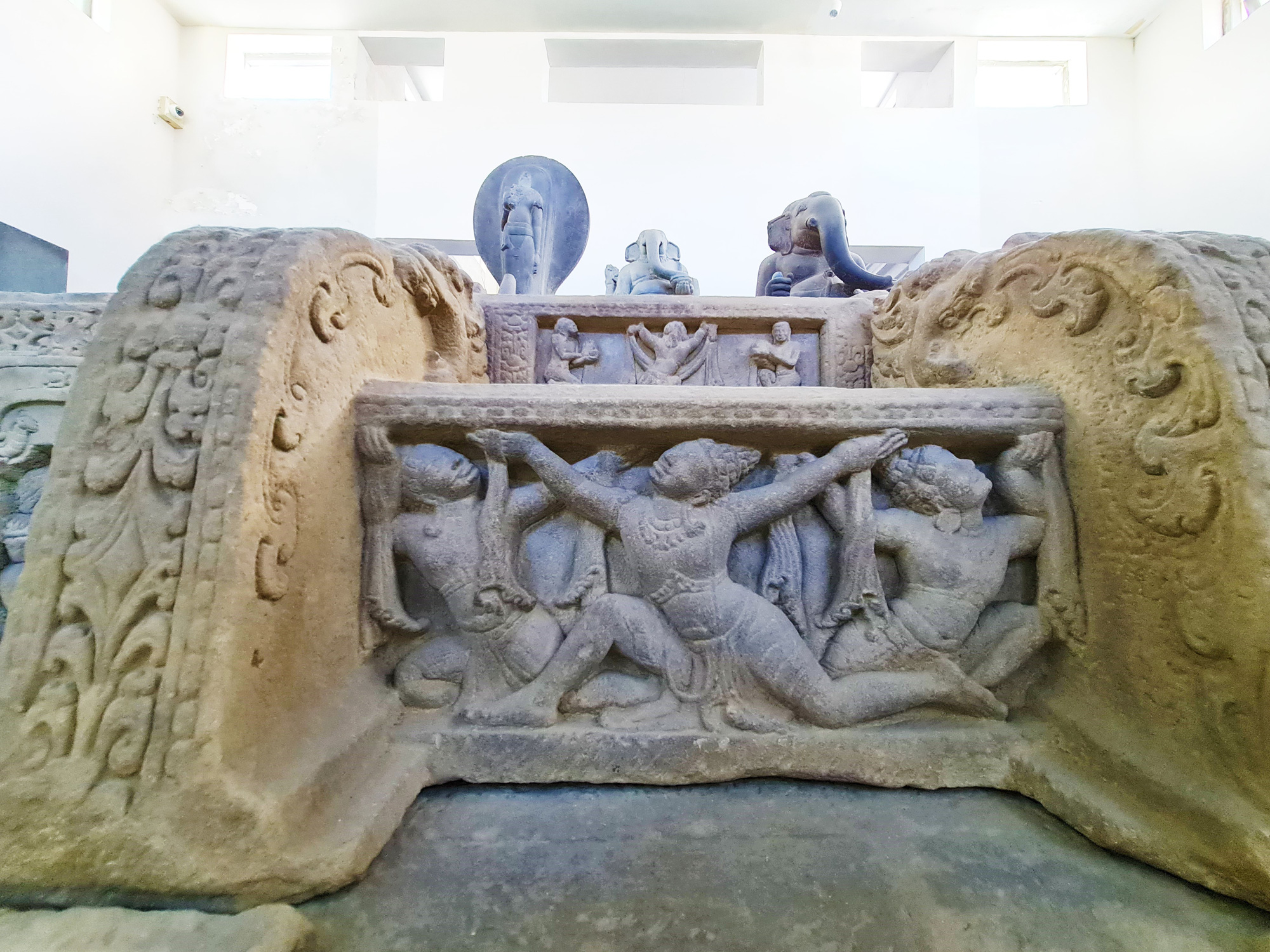
In 2012, My Son E1 Altar was recognized as a National Treasure. This is the only Champa altar depicting many characters, scenes of Hindu monks’ lives, and scenes of nature and animals in detail.
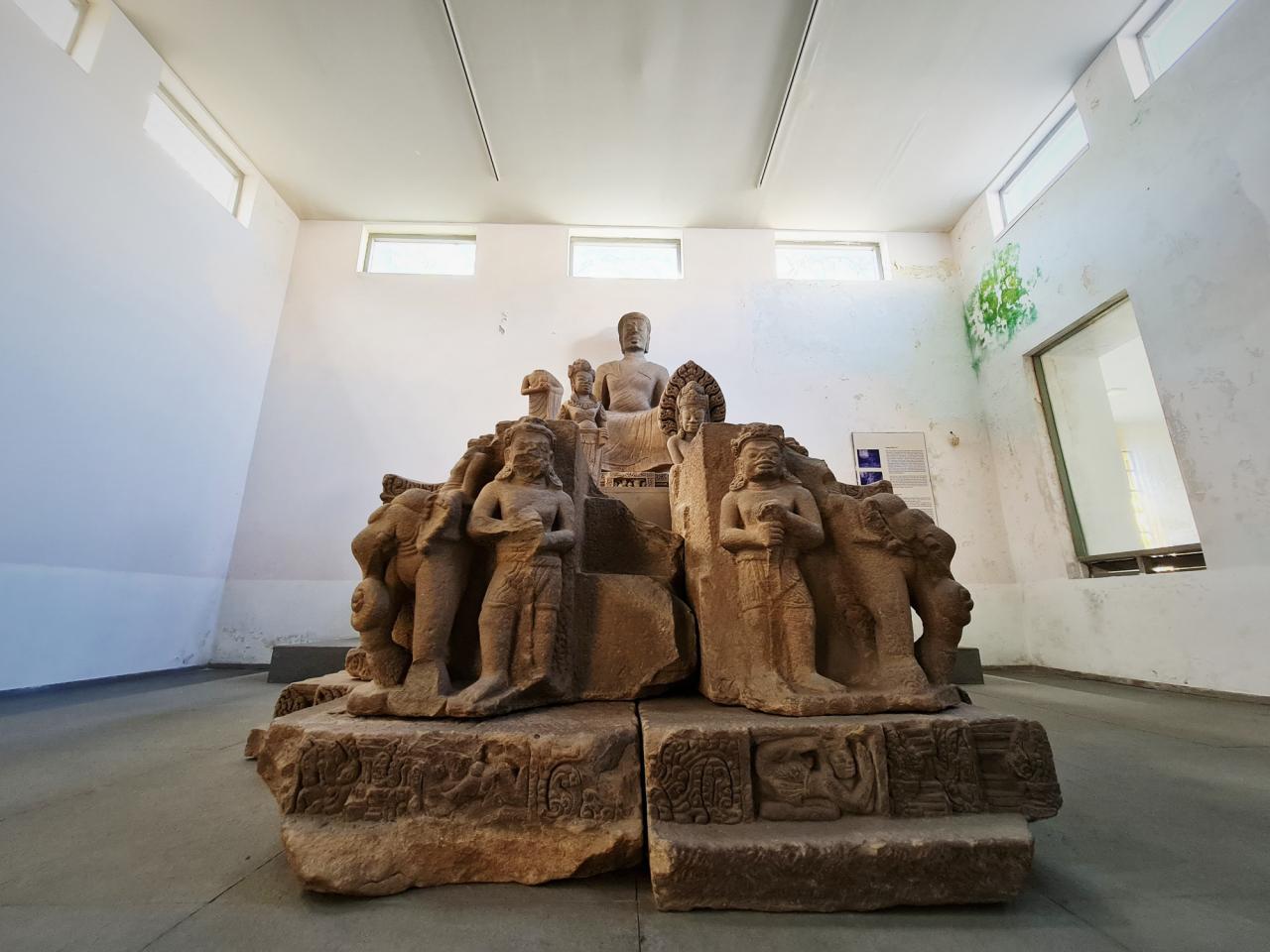
The Dong Duong altar is currently the largest altar in the type of Champa altar. The altar is carved with stories related to the life of Shakyamuni Buddha. On the north side of the altar, the time when Prince Siddhartha grew up and became a monk is recreated. The south side of the altar shows scenes of the practice and enlightenment process of Buddha Shakyamuni
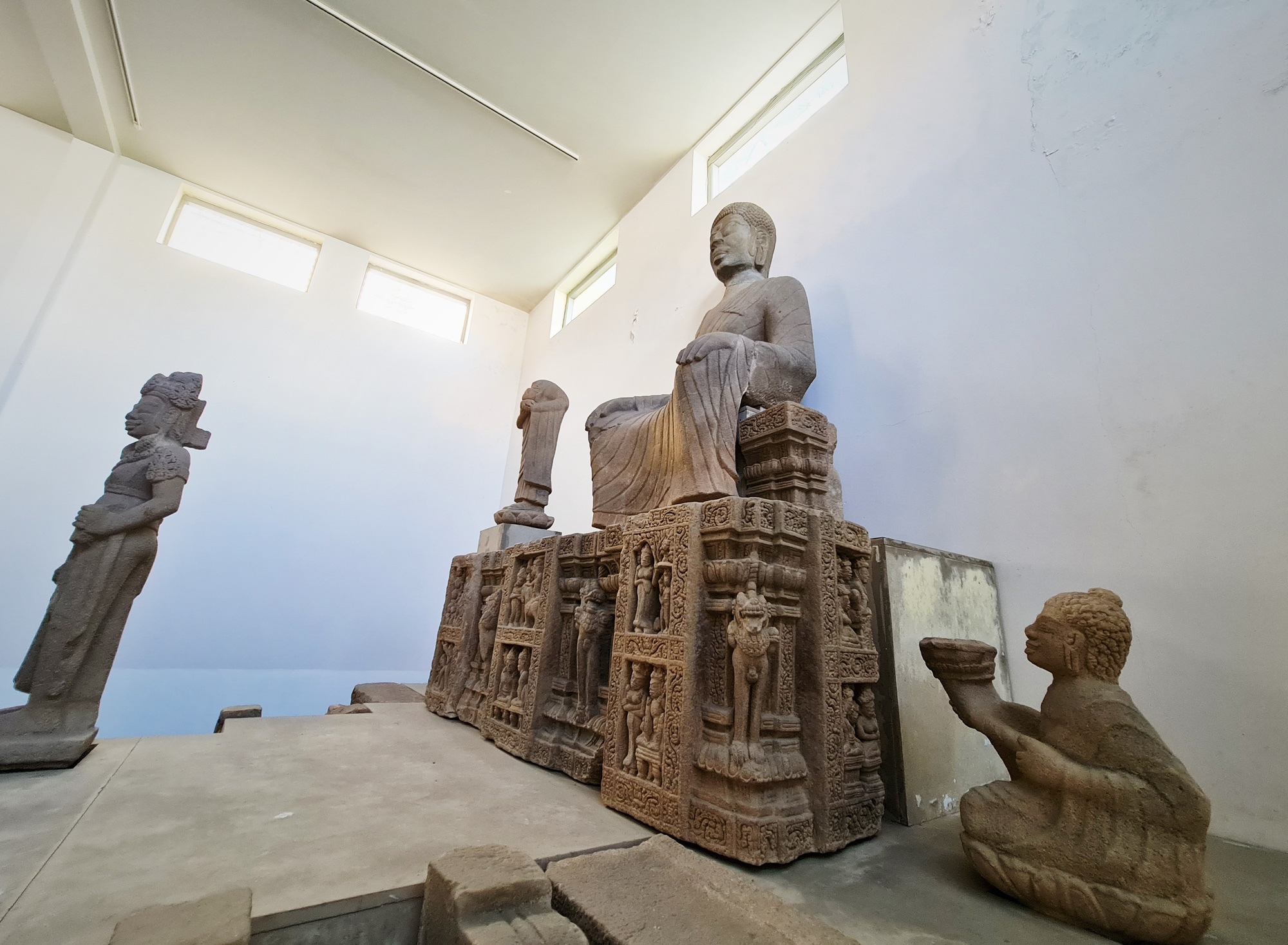
The Dong Duong altar with carved images of Buddha Shakyamuni’s birth and enlightenment is a rare artifact, proving the development of Buddhism at that time.
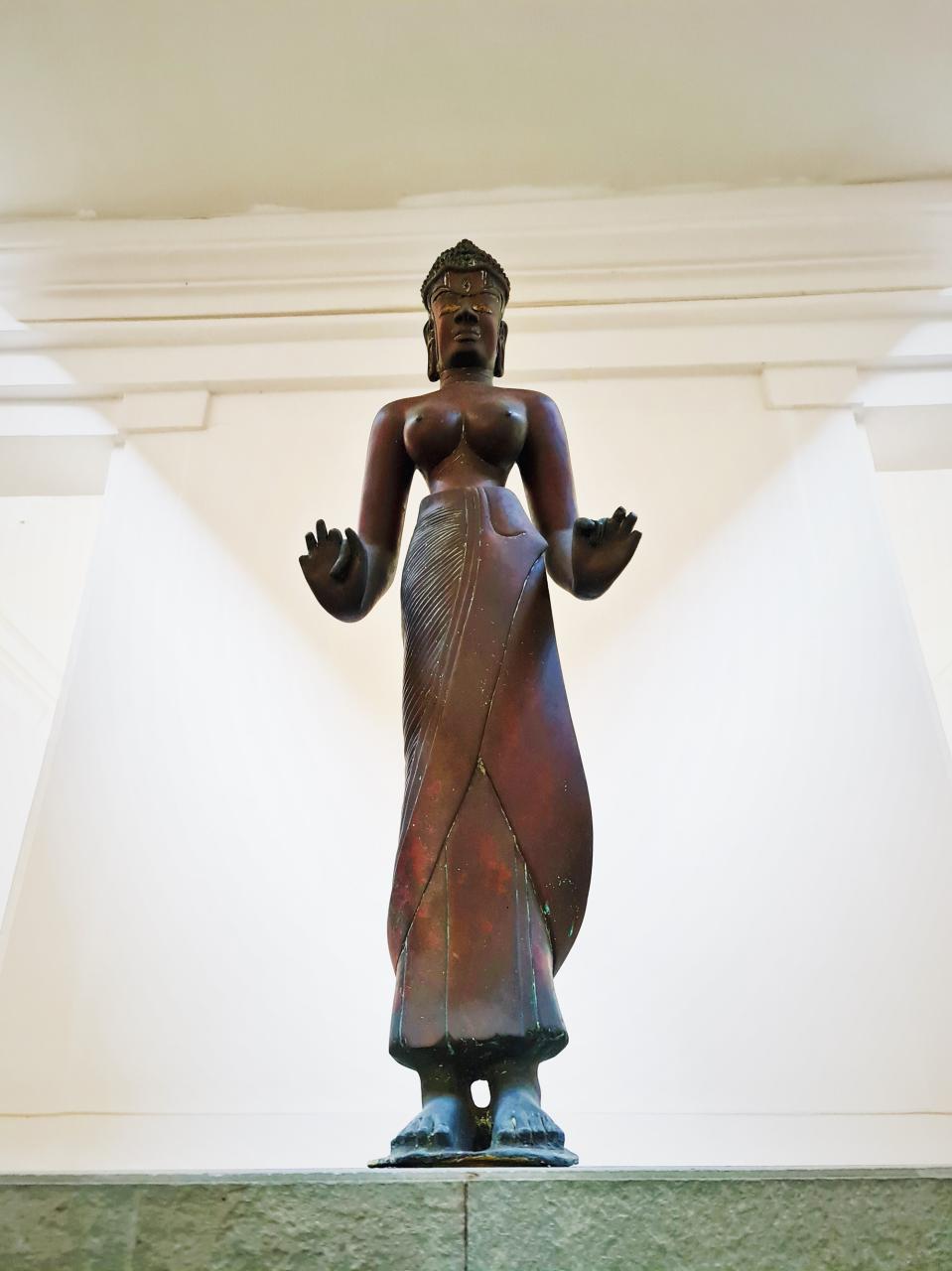
The statue of Bodhisattva Tara is the largest bronze work of Champa sculpture to date with a height of 1,148 cm. The statue of Bodhisattva Tara is depicted in an upright position, both solemn and beautiful

Bodhisattva Tara’s square-jawed face exudes solemnity and wisdom but is no less gentle, pure, and tolerant. On the front of the forehead is carved a deeply concave diamond shape, called the Hue label. The statue bears the bold characteristics of the Champa people, as well as containing typical features of the Indochina artistic style of that time.
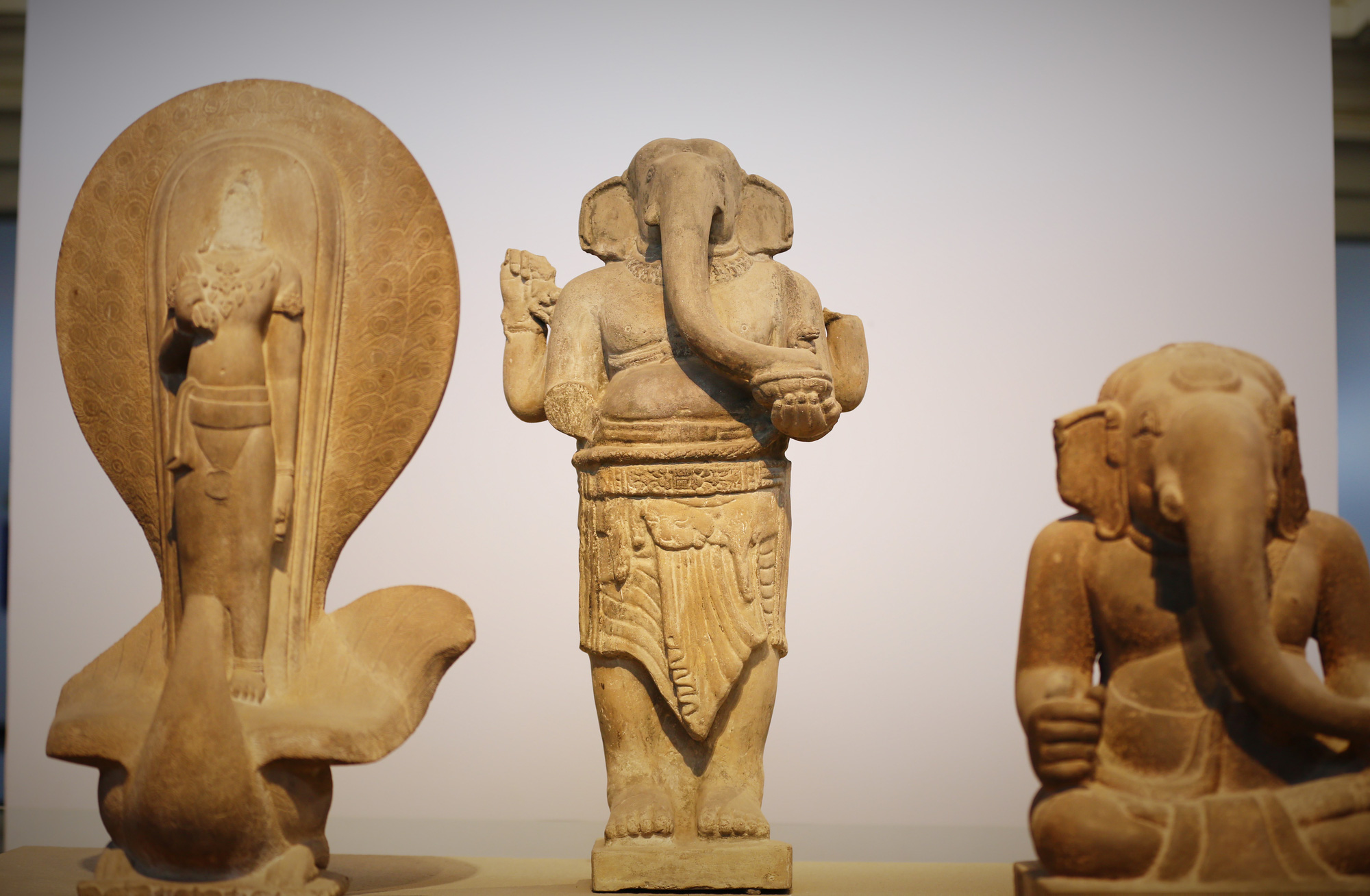
The statue of Lord Ganesha is made of sandstone dating back to the 7th century, discovered in 1903 by the French Institute of the Far East (EFEO).

At the end of 2020, the Statue of Lord Ganesha was recognized as a National Treasure. According to Indian mythology, Ganesha is the god of luck and wisdom, capable of eliminating difficulties and obstacles in life. Gajasimha (elephant – lion) statue artifact, made of sandstone, found during excavations at Thap Mam (Binh Dinh) in 1933-1934

Gajasimha statue is a sacred beast image in Indian mythology with the head of an elephant and the body of a lion. The elephant’s head symbolizes the power of the gods and the lion’s body symbolizes the victory and authority of a king. At temples and towers, the Gajasimha statue is placed in front of the door to protect the sanctity of the building
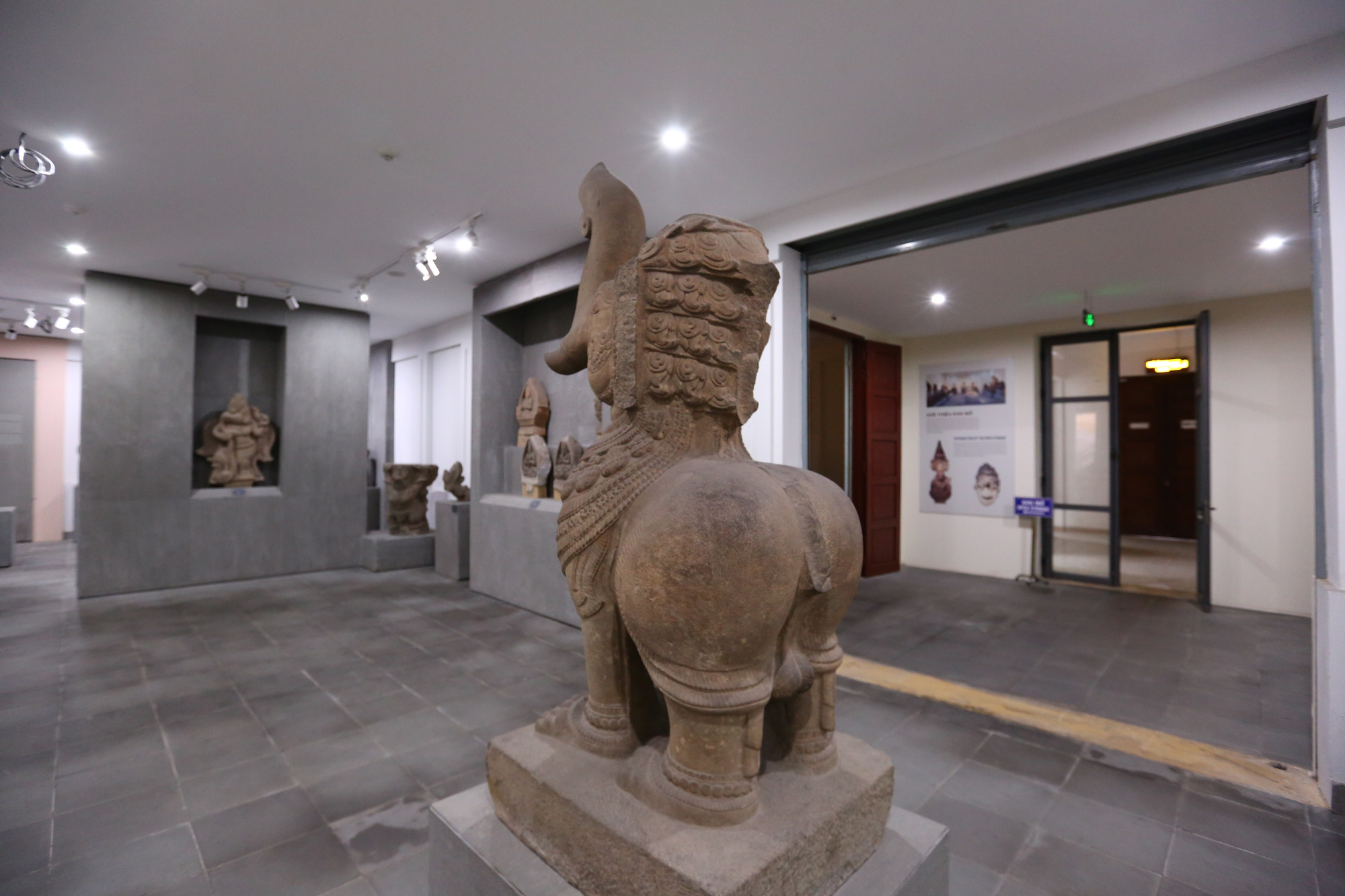
The Gajasimha statue bears typical features of the Thap Mam artistic style, around the 12th – 13th centuries. Along with the Ganesha statue, the Gajasimha statue is recognized as a National Treasure for its cultural and artistic characteristics.
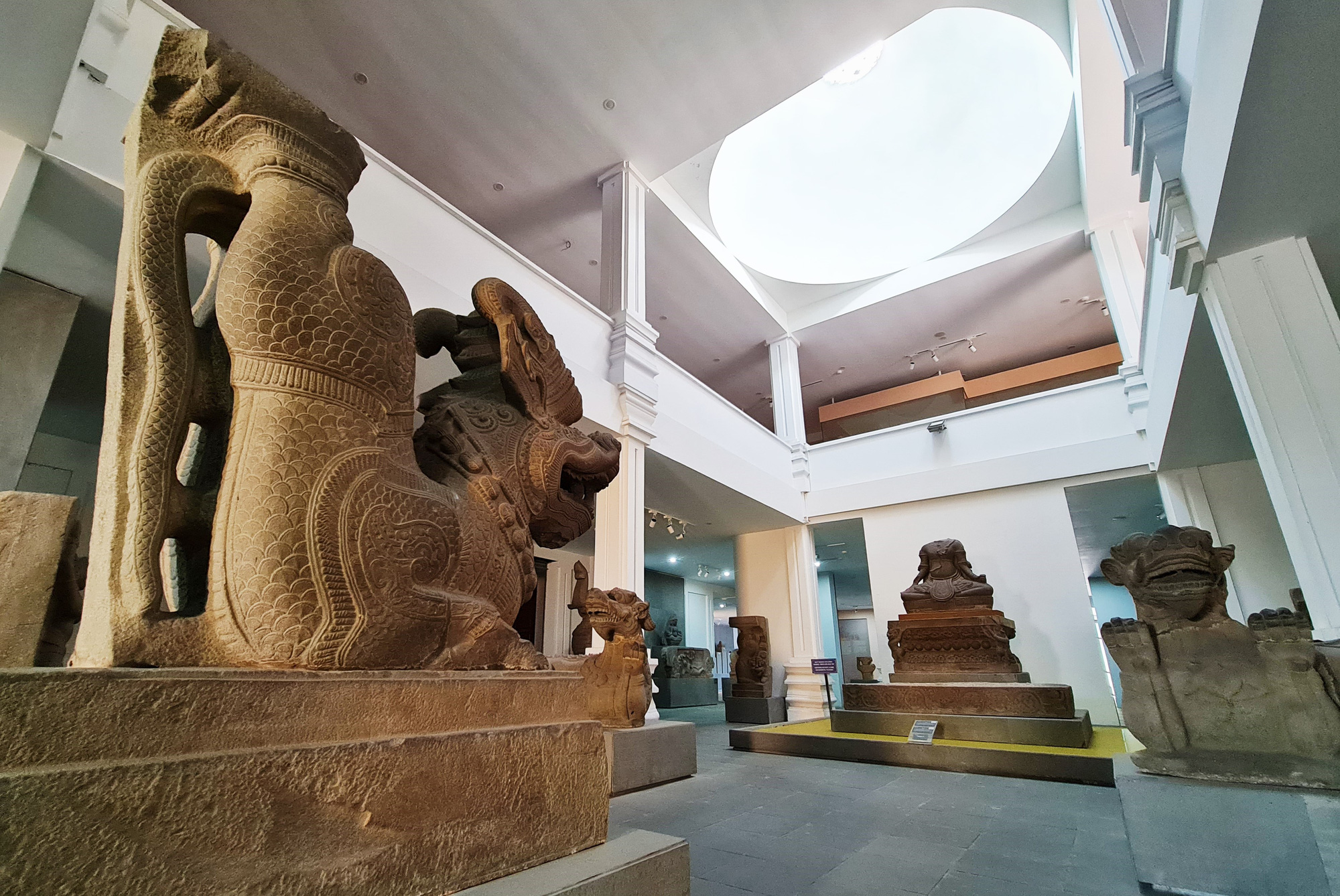
The Da Nang Museum of Cham Sculpture is open to visitors for free. Besides seeing the National Treasures with their own eyes, visitors can also learn information about the artifacts through QR codes placed right below the artifacts in many different languages.





